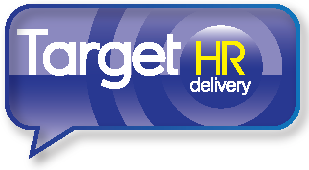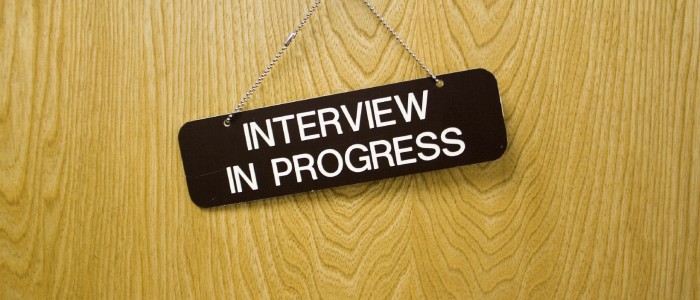The way an interviewee presents or projects themselves to the interviewer / prospective employer sends a powerful message about you as a prospective employee.
Most interviewees are aware of the obvious pitfalls to avoid i.e. Don’t arrive at your interview dressed scruffily, smelling of alcohol or cigarette smoke, chewing gum, listening to your iPod, or talking on your mobile phone. However much of how an interviewee comes across to an interviewer / prospective employer is carried by signals on a subliminal or sub conscious level. So here are the Top 12 Tips on using Positive Non Verbal Skills in an Interview –
1) Your nonverbal persona starts while you wait for your interview in the reception area. Be friendly, pleasant and polite to anyone you come into contact with. Sit quietly and look focussed on the job in hand i.e. the interview. Therefore do not make phone calls or text. Avoid looking nervous, agitated or impatient by getting up and down or walking around. If you engage the receptionist in conversation, keep it light and neutral because often interviewers will ask the receptionist for their opinion of you.
2) First impressions count . Your interviewer will form impressions about you right from the start of the interview, whether it be from your posture, handshake, eye contact, clothes, shoes, attentiveness, tone of voice and facial expressions.
3) Make sure you have a firm handshake, not a wet lettuce one. Having a confident handshake signals a positive, confident disposition whilst a limp lettuce handshake conveys lack of confidence and low self-esteem. An excessively strong handshake is just as bad as it is also likely to alienate the interviewer, indicating that the interviewee is overly assertive.
4) Try to limit hand gestures thereby avoiding windmill actions. Ideally your hands should be clasped together. When your hands are together with your fingers interlocked it demonstrates self-confidence and a relaxed manner / disposition. Don’t fidget with your hands or do the “power pyramid” since you do not want to be seen as intimidating or threatening. Also, don’t talk too much with your hands as it will distract and detract from your verbal communication.
5) Make eye contact, but do it sparingly. Avoiding eye contact will look as if you are lacking in confidence or worse, evasive as if you are hiding something. On the other hand, too much eye contact can border on staring, which will appear confrontational or intimidating.
6) Posture and position is imperative. Keep your back straight and maintain your posture. Slouching conveys the image of a lack of self-discipline and self-regard. Lean forward to demonstrate enthusiasm and interest. You don’t want to look disinterested and complacent.
7) Avoid nervous gestures, such as shaking your leg up and down, tapping your fingers, silly jokes, awkward, forced or loud laughter. You are not an automaton, so you are bound to be a little nervous. Interviewers know this and will allow for a certain amount of nervousness, but when you are answering questions try to be calm and play your nerves down otherwise it will diminish the quality of your answers.
8) Keep your facial expressions positive and smile often. If you smile frequently you will be perceived as more likable, personable, empathetic, warm and generally approachable.
9) Don’t invade personal space. If you invade the interviewer’s space, it will cause them to feel uncomfortable, guarded and defensive.
10) Use a good tone or pitch of voice. It should not be too loud or too soft. Be clear and concise; don’t mumble. Dull, monotone talking has a tendency to make you appear dull and boring. So put lots of energy, enthusiasm and inflection into your voice.
11) Deploy the mirroring body language / non-verbal communication technique. If you mirror the interviewer’s body language, it shows that you are empathetic and in tune with them. For example, if the person doing the interviewing leans forward, lean forward.
12) When you walk out of the interview and say goodbye to the interviewer, it is natural to relax. However remain on your guard and be professional until you have left the building and driven away from the premises. The interviewer and others may still be watching you whilst you exit the building and / or the car park. Folklore has it that Sean Connery secured the film role as the first James Bond, not because of his interview / casting audition but because film producers Cubby Broccoli and Albert Saltzman noted his animalistic, panther like movement as he walked away from their office, when they assumed he no longer thought he was under their scrutiny and therefore would not be play acting!!
Why not get in touch for a free initial consultation to discuss your outplacement support needs.


